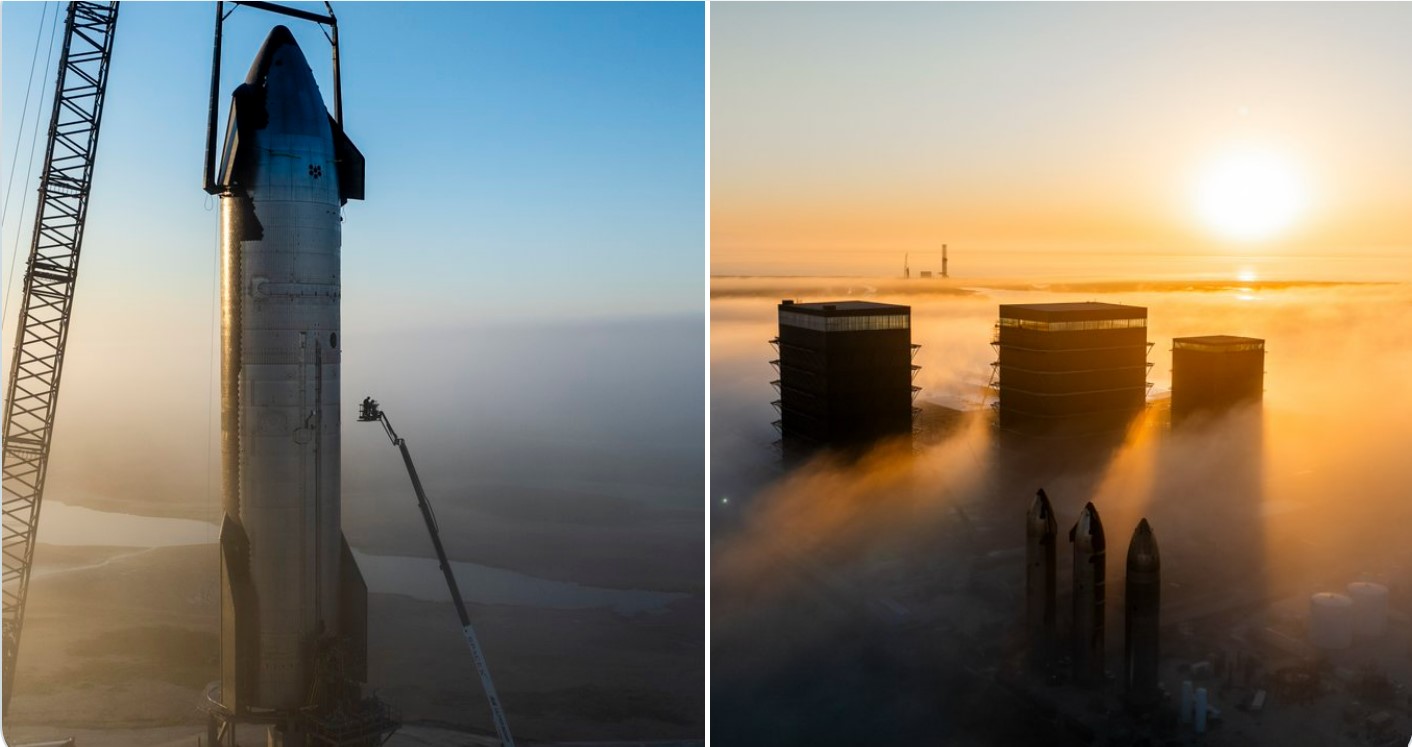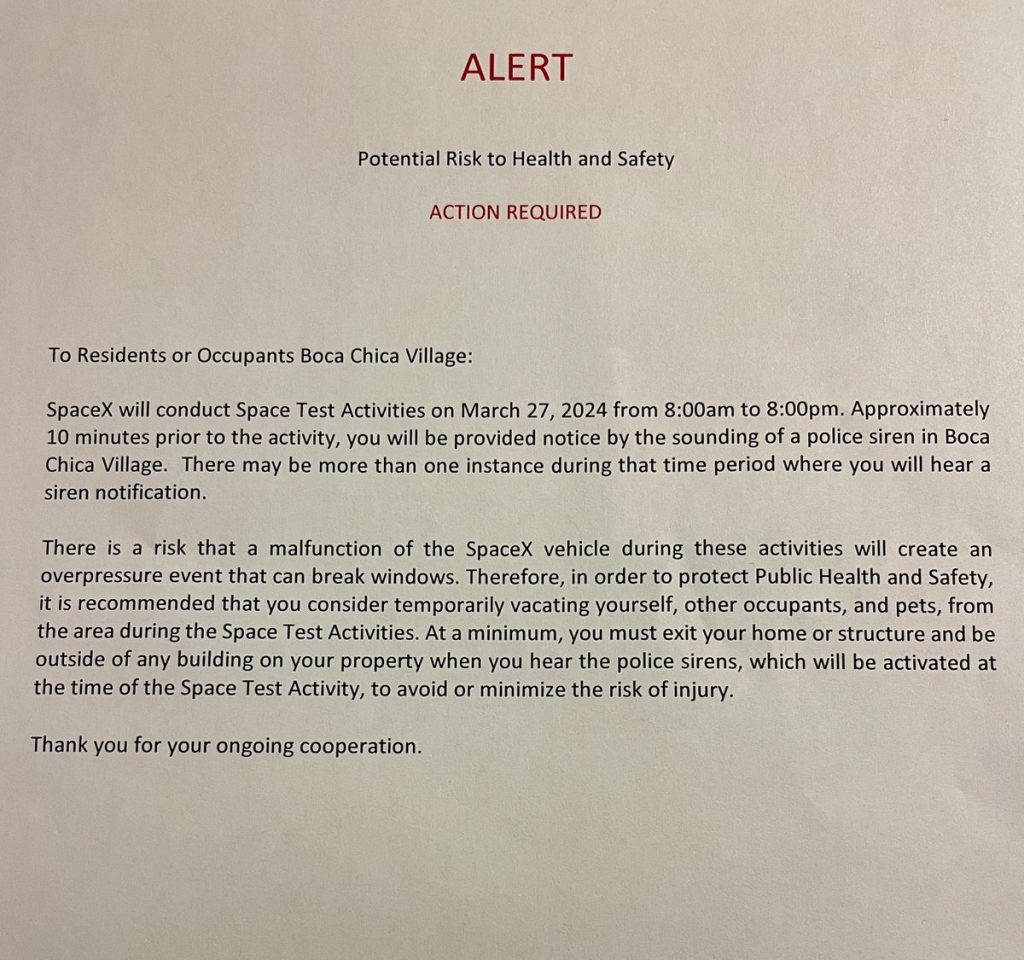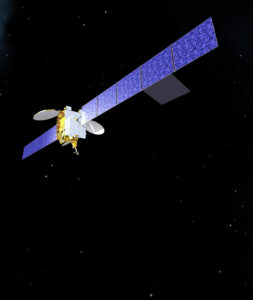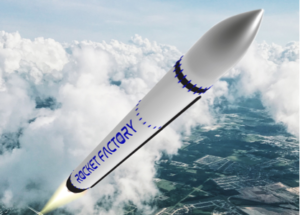SpaceX Is Getting Ready For Another Starship Launch In May (Photos)
26th Mar 2024
After the successful third Starship launch in March, SpaceX is already preparing for the fourth flight. Apparently, as Starship finally reached orbit and performed a number of tests in space, the company is now aiming for early May as the next Starship launch date. If the company gets Federal Aviation Authority (FAA) approval, it will launch Starship up to nine times this year.
UPDATE 28th of March: Static Fire Test Is Completed!
Ship 29 so far has conducted two cryogenic proof tests, as well as a Spin Prime test of all six engines. The first static fire test was conducted earlier in the week. The initial Static Fire featured all six engines.
On 27 March, a second overpressure notice was distributed to residents of Boca Chica Village, meaning that another static fire on Ship 29 is likely to happen today.

Flight 4 Starship: All We Know So Far
SpaceX is preparing for the fourth Starship flight, which could happen in the first half of May.
Speaking at the Satellite 2024 conference on 19 March, Gwynne Shotwell, president and chief operating officer of SpaceX, said the company was still reviewing the data from the vehicle’s third integrated launch on 14 March but expected to be ready to fly again soon.
“We’re still going through the data” from the flight, she said when asked about the analysis of data from the mission. “It was an incredibly successful flight. We hit exactly where we wanted to go.”
SpaceX recently shared a video of the rocket’s Raptor engines undergoing a static fire test ahead of the fourth Starship flight. A 165-foot-tall (50 meters) Starship upper stage just fired up all six of its Raptor engines test at SpaceX’s Starbase site in South Texas, the company announced on 25 March.
During the next Starship flight, the colossal booster needs to separate about three minutes after liftoff and drop into the Gulf of Mexico. The rocket should then fly in space around Earth before splashing down in the Indian Ocean. The whole journey should last a little more than one hour.
This is a crucial demonstration of hardware that NASA is depending on to get humans back on the moon in the next few years. And, if successful, it’ll mean Musk is one small step closer to realizing his personal dream of building a city on Mars.






Thank you for your comment! It will be visible on the site after moderation.